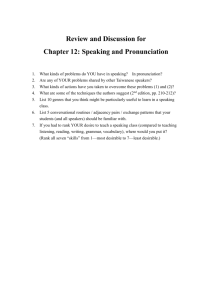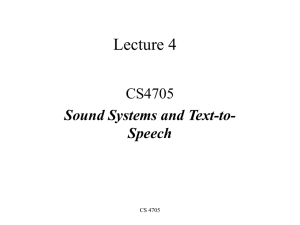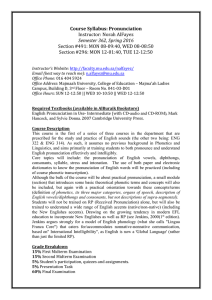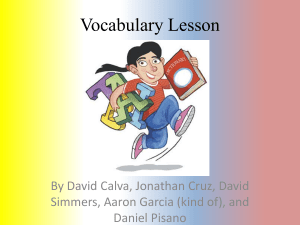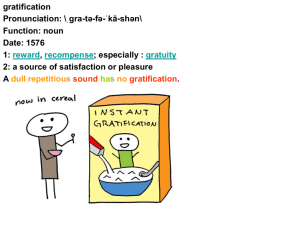Teaching English Pronunciation Richard Kiely's learning model
advertisement
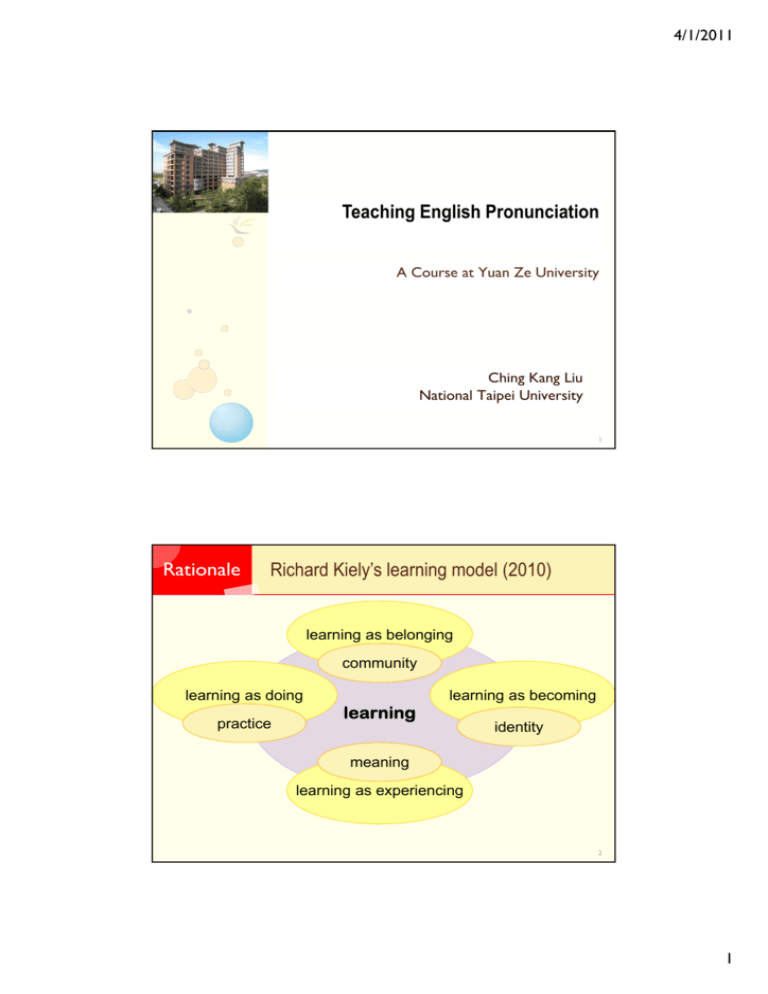
4/1/2011 Teaching English Pronunciation A Course at Yuan Ze University Ching Kang Liu National Taipei University 1 Rationale Richard Kiely’s learning model (2010) learning as belonging community learning as doing practice learning learning as becoming identity meaning learning as experiencing 2 1 4/1/2011 EIL? English Next, David Graddol, 2007 (pp. 107-8) It would be interesting to speculate on what that ‘saturation point’, or final ‘market penetration’ of English might be. At this stage, very rough estimates based on the emerging patterns of middle class and urbanisation hint at around 3 billion speakers by around 2040. In other words, it is doubtful whether, even if the ‘World English Project’ were successfully implemented, that more than around 40% of the global population would ever become functional users of English. 3 EIL? Different views on English teaching 4 2 4/1/2011 Different views on English teaching EIL 5 Plans The basic components of the class Phonetics & phonology Evaluation & assistance Pronunciation teaching theories Teach & correct pronunciation implicitly Good enough to be a model 6 3 4/1/2011 Plans What do we plan to learn here? 1. Fundamental knowledge of English vowels 2. Fundamental knowledge of English consonants 3. Fundamental knowledge of English prosody (stress, rhythm, intonation, etc.) 4. The teaching theories before, now, and in the future. 5. How to apply both of the above to the instruction of English pronunciation 6. Exploring the truth through a teaching plan 7. Demonstrating the details by giving the real instruction 8. Learning how to comment on and evaluate the peers demonstration of the teaching theory 7 4




